A deep talent pool flows as Australians rule in Hollywood
There’s a story behind Aussiewood and why our homegrown stars and local industry play well on screens big and small around the world.

There is a word that is uttered most frequently when discussing one of our Australian stars: Our Nicole, Our Margot, Our Sarah, Our Joel. They’re so … nice.
“Nice is not the most eloquent word, is it?” muses Rosemary Blight, producer of hit Australian films including The Sapphires and I Am Woman, speaking on the phone from her office in Sydney’s Newtown. “But it’s right. We’re good people.”
And that niceness, she believes, is the reason for the enduring global success of our biggest Australian names, a large group in proportion to our population size. “Almost all of the Australians at the top of their game who I’ve been lucky enough to meet or work with are incredibly down to earth, and they’re there because they want to do the job. I’m not saying that other countries [aren’t], but there is something about our egalitarian nature. The Australians who do make it take that fairness with them.”
‘Never late to the trailer, always there, hardworking and prepared’
Those Australians include Nicole Kidman, who in the 38th year of her professional career received her fifth Oscar nomination, for Being the Ricardos. Kidman, through her company Blossom Films, is now also regarded as a television super-producer, with such projects to her name as Nine Perfect Strangers, The Undoing, and the forthcoming The Expats.

There’s Cate Blanchett, who recently broke the record for the actress with the highest number of Best Picture nominations, with her nine nominated productions. Blanchett has also become a major producer in her own right. Her Dirty Films company is behind bushfire documentary Burning, Warwick Thornton’s The New Boy and Pedro Almodovar’s first English language film, A Manual For Cleaning Women.
See The List: 100 Arts & Culture stars
And there’s Margot Robbie, about to have a year for which most actors would sacrifice their agents: reuniting with Brad Pitt in Babylon, starring in new films from celebrated auteurs David O. Russell and Wes Anderson, and becoming Barbie in her production company Lucky Chap’s comedy.
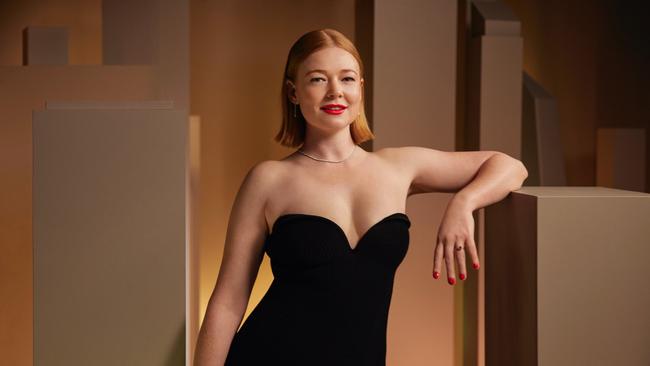
There’s also Sarah Snook, freshly garlanded star of Succession, the most acclaimed television series of the moment; Toni Collette, dominating the small screen with Pieces of Her and The Staircase; and Joel Edgerton, directing his own projects and acting in others for Ron Howard and Barry Jenkins.
And who could forget Chris Hemsworth, our homegrown superhero, who convinced the world’s biggest film studio to make not one but two Thor movies in Australia? Hemsworth is busy. He is soon to headline George Miller’s Mad Max prequel Furiosa, which is predicted to be the most expensive Australian film ever made.
“Australia has a lot of great talent,” says Emma Cooper, producer of the Naomi Watts-led Penguin Bloom and chair of Australians in Film, an organisation offering mentorship, networking and support for Antipodeans in Hollywood. “When I first got to LA, there was always the joke: ‘What’s in the water? What are you drinking down there?’” she recalls. “We got this reputation for being incredibly talented, and people knew it was a bit of a goldmine.”
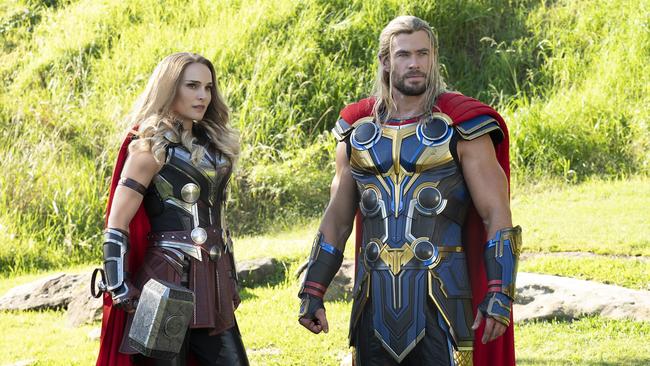
ARTS & CULTURE 100
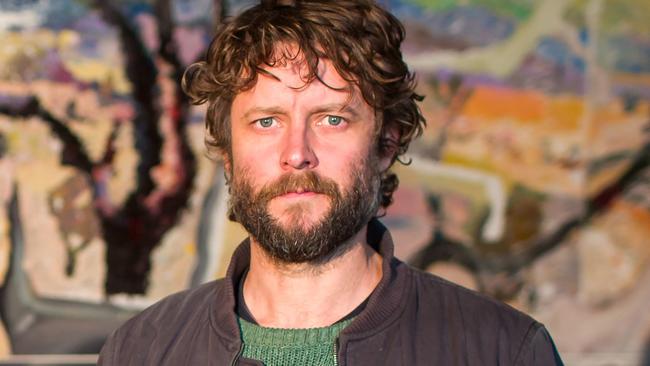
‘Who will stand up for the arts?’ Ben Quilty
Australia must now recognise the depth of talent in its midst and celebrate a new generation of cultural leaders.
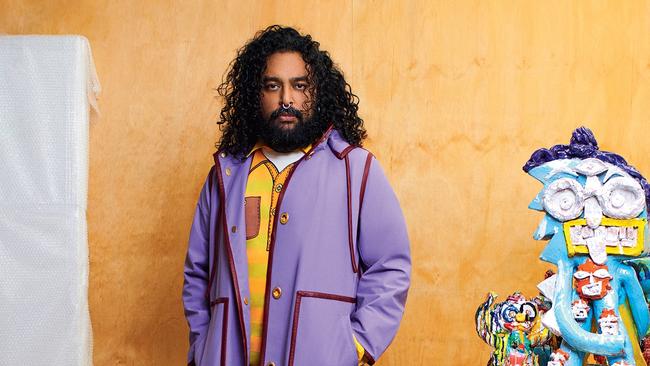
Shape shifter and a captivating artist
When artist Ramesh Mario Nithiyendran couldn’t see himself reflected in any corner of the art world, he decided to create his own niche.
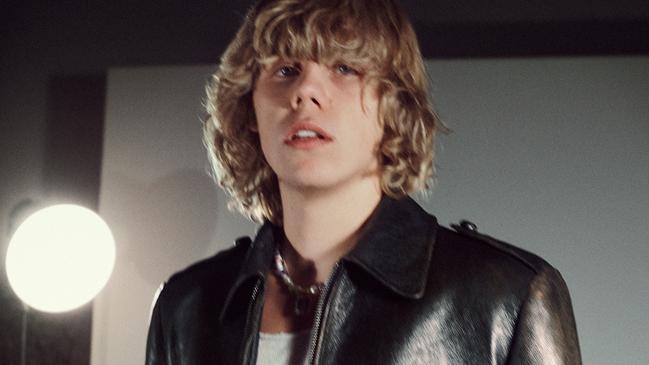
The kid’s all right: a stellar rapper stays grounded
At 18, Australian rapper The Kid Laroi is a global superstar in his field. So where did he come from, and where to next?
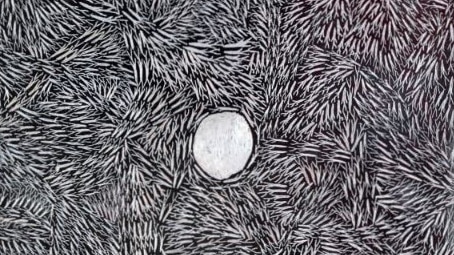
Chain reaction as artists ride the crypto wave
From Arnhem Land to capital cities, artists are embracing technology in new and inventive ways. But does digital art live up to the hype and hefty price tags?
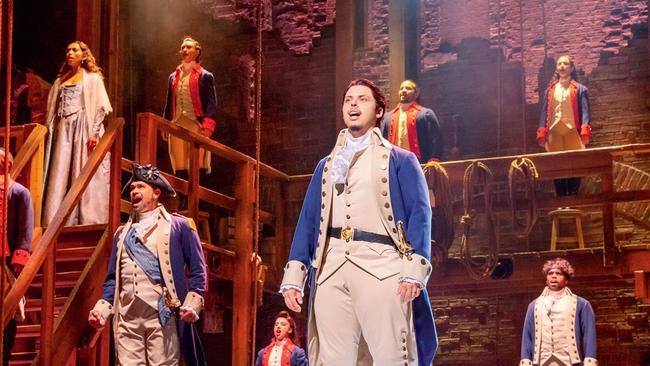
What’s the point of art?
What’s the point of art? Perhaps Jackson Pollock said it best: ‘Art is coming face to face with yourself.’

How Baker Boy took hip-hop across the divide
As homegrown hip-hop has gained traction, standout Indigenous performer Baker Boy is about unifying black and white Australia.
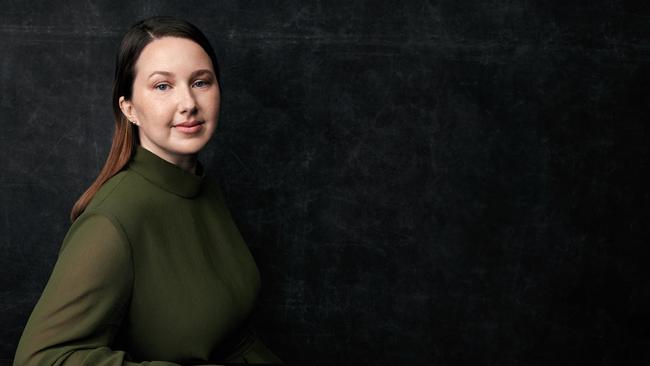
What celebrated novelist Hannah Kent did next
Acclaimed South Australian novelist Hannah Kent explains why her creative leap into screenwriting was so nerve-wracking.
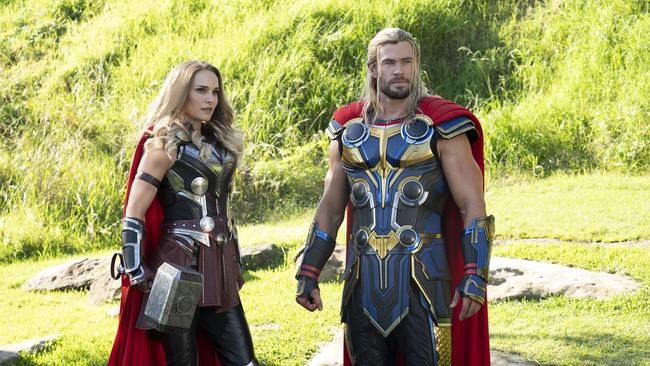
Aussiewood draws on a deep talent pool
There’s a story behind Aussiewood and why our homegrown stars and local industry play well on screens big and small around the world.
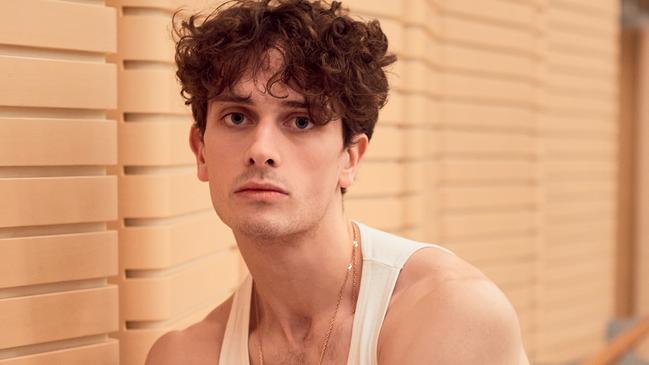
Star turn: from bricklayer’s son to principal artist
Prodded into taking dance lessons at an early age, Callum Linnane tapped into the passion that has elevated him to the ranks of ballet’s most exciting performers.
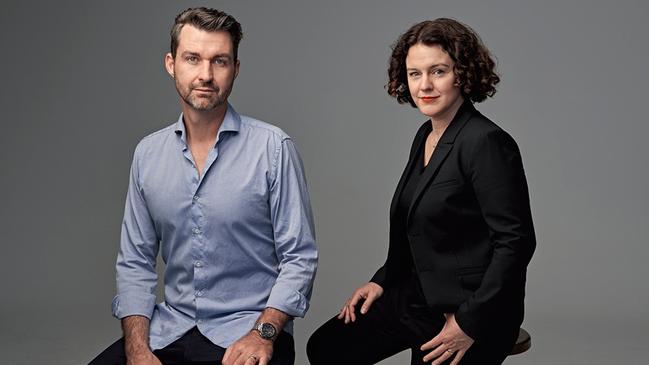
Arts rainmakers see more ways to source funds
Arts philanthropy has embraced the digital age, with the constraints of the pandemic spawning new schemes to buttress the cultural bottom line.
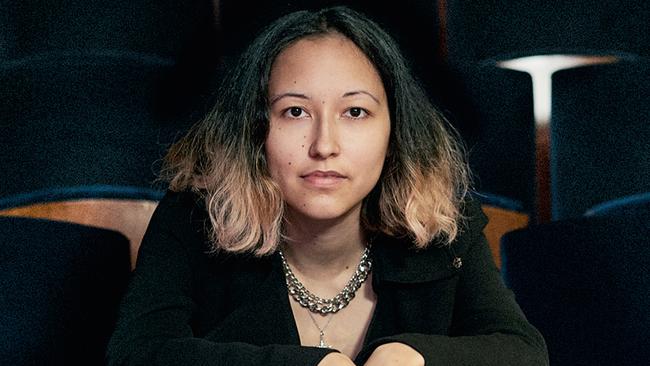
Out of the wings comes a strong, diverse cast
Asian-Australians make up a fair portion of our population and that fact is finally being reflected on stage and screen.
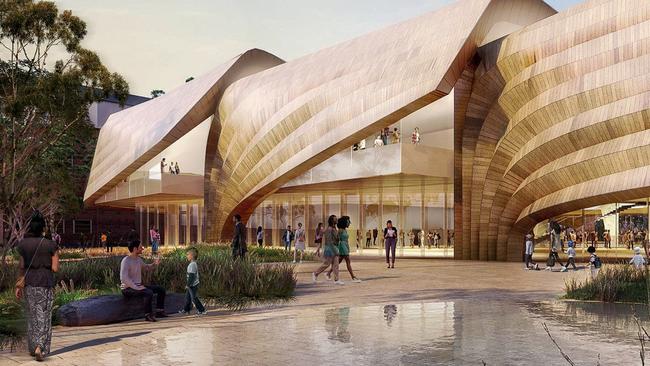
The new temples of the arts
There’s a cultural building expansion under way, with fresh galleries and facilities in which to experience modern visions of the world.
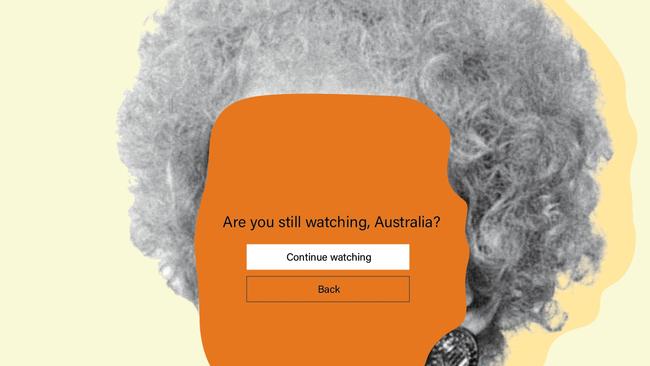
It’s ‘look at moi’ as local drama has a moment
Streaming television services are investing heavily in Australian stories, and audiences can’t get enough.
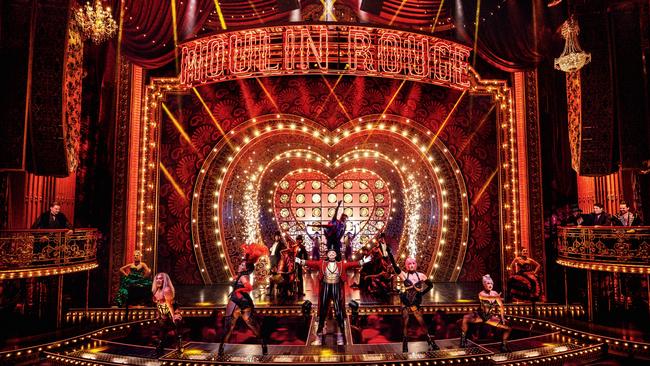
Curtain call: ‘How lucky are we?’
Australia’s musical theatre is booming and seeking to make up for time lost in the pandemic.

Key change as the show goes on, again
After a livelihood-destroying two-year hiatus, the live-music industry is joyfully finding its feet again, much to the delight of audiences.
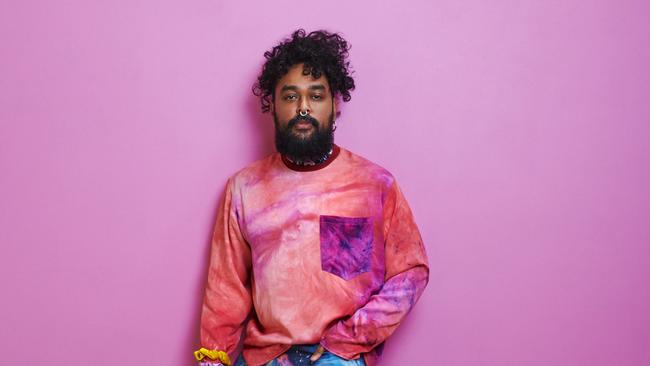
Artist’s Vivid example of making a mark
The gods must be smiling on Sydney artist Ramesh Mario Nithiyendran, a Sri Lankan migrant whose riotously colourful sculptures have captured the public’s imagination.
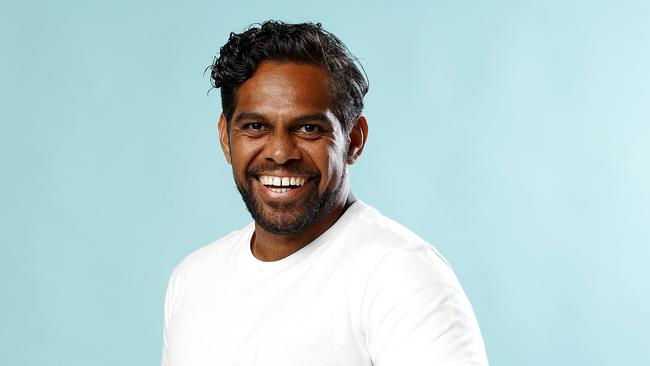
Close-up: the system finds its stars
Who will be our next Cate Blanchett or Russell Crowe? There must be something in the water, as talented young Australians are taking over the stage and screen.
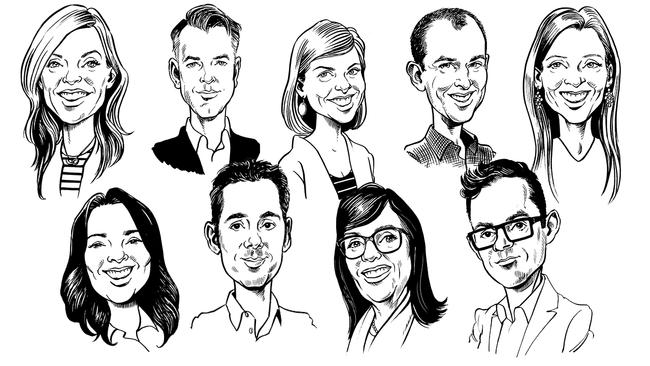
Arts & Culture list: our panel
We put together an expert panel of journalists to compile the inaugural list of 100 game changers in the arts. Learn more about the panel.
That’s how Hemsworth was discovered, Cooper adds, when the American agent William Ward clued into our “goldmine” and began making biannual trips Down Under. “He really took [Hemsworth] on just from meeting him in the room,” Cooper says. “He walked in and [Ward] said: ‘This guy’s a star.’ ”
“Talent is magic, really,” says Blight – and Australians seem to be blessed with it. There are a couple of moments in your career when you’re faced with “lightning in a bottle,” she adds. For her, it was working with the “extraordinary talent” that is Snook, who played a supporting role in Blight’s 2015 film Holding the Man. Or Edgerton, with whom Blight has worked “very, very closely” on projects including 2013’s Felony, which she produced and Edgerton wrote, co-produced and starred in.
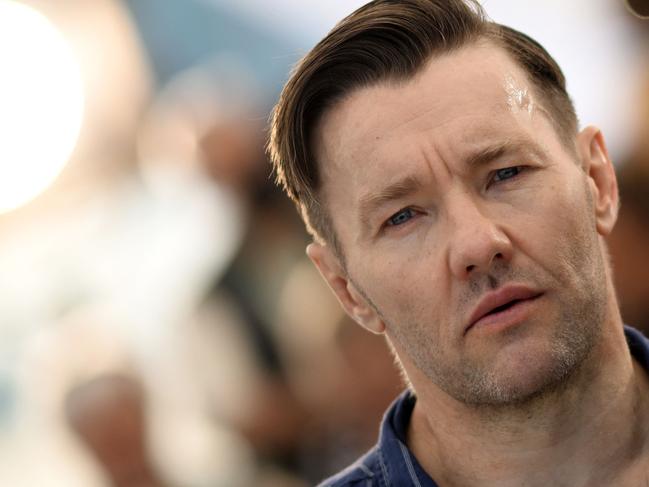
“Joel can write, Joel can act, Joel can direct. He can do all those things with great accomplishment, and he does not take it for granted,” Blight says. “And he’s an extremely nice person … He’ll walk into an office and he’ll remember everybody’s name and whoever they are they want to work for him, and they want whatever his idea is to be greater, and that’s real talent. That’s real leadership, and Joel is a leader.”
Talent is one thing, discipline is another. Cooper says that in all her years on film sets working with Kidman or Watts, she has “never seen them act up or be late. Never late to the trailer, always there, hardworking and prepared.” And this goes not only for the actors in front of the camera but those behind the scenes, including directors Cate Shortland and David Michôd, production designer Fiona Crombie, writer Tony McNamara, and cinematographers Greig Fraser and Ari Wegner.
Emile Sherman, Oscar-winning producer of The King’s Speech, and more recently Lion and The Power of the Dog, believes the ongoing success of our most recognisable stars is a result of the strength of the local industry as a whole. He likens it to a snowball effect: “If you can make something good, and something that is recognised, it just lifts everybody up.”
And that cycle continues, he adds, “where everyone is propelled to the next level”, whether it’s an actor who can then get another project greenlit that in turn unearths a new director, or a head of department who can subsequently take their career overseas. “When it works, the snowball gets bigger and bigger, and you feel the power of our industry, which is really substantive,” Sherman says.
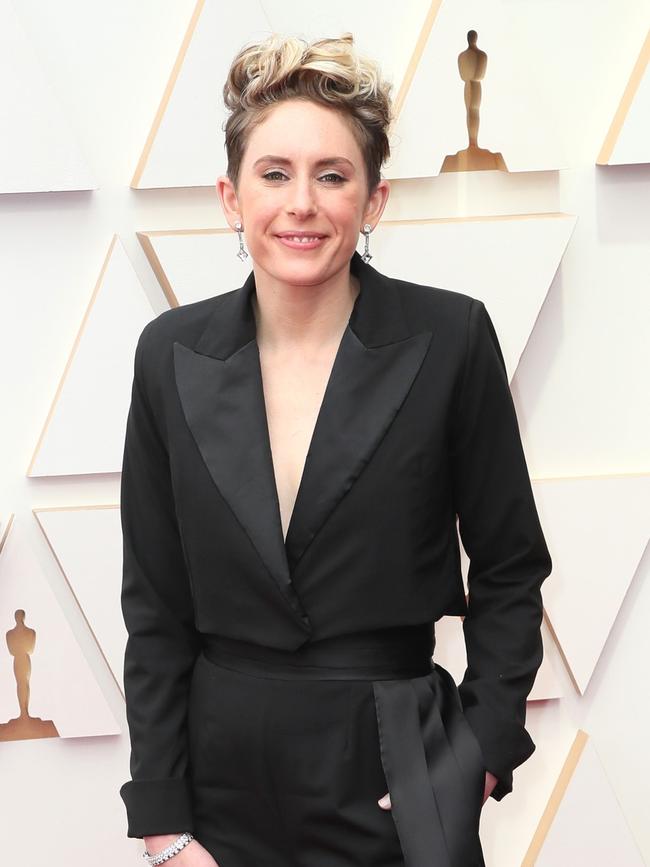
The producer is speaking from Los Angeles a week after what he politely describes as the “very eventful ceremony” for the 94th Academy Awards. The Power of the Dog was nominated for 12 Oscars, winning Best Director for Jane Campion, and it was largely thanks to its Australian cast and crew – including Wegner and actor Kodi Smit-McPhee – that our tally of Oscar nods this year crested 10, including one for Sherman himself, as producer of the Australian and New Zealand co-production.
“It’s just hugely gratifying, because I’ve lived my whole life in Australia and I feel very grounded in the Australian creative industry,” he says. The number of nominations for Australians is a sign, Sherman adds, “that as an industry we can compete and conquer at the highest levels worldwide.”
We do so through our pool of talent, nurtured in “incredible acting schools”, Blight says, which foster “an environment where people can make mistakes and learn their craft”. Australia also has government support, ranging from funding schemes to tax rebates, recently raised from 20 per cent to 30 per cent for television, which Sherman calls “very meaningful” and “a great fuel for the industry”.
Support for local productions is crucial. Campion’s early short film Peel, made when she was a student at the Australian Film Television and Radio School and premiered at the 1986 Cannes Film Festival, was so good that festival president Gilles Jacob famously told Phillip Adams, then-chairman of the Australian Film Commission: “You must give her lots of money so she’ll be in competition with a feature film in two years.”
Australian productions are a pipeline to global recognition – and not just art house student films, but mainstream network television. This year will sadly mark the end of Neighbours, perhaps our greatest talent incubator, launching everyone from Guy Pearce to Russell Crowe, Ben Mendelsohn and Robbie.
Film schools, government support, a robust local production industry – these all create opportunity, which fosters learning, which in turn acts as what Sherman calls a research and development lab for filmmakers and actors to test their skills and improve while also getting runs on the board. This is the “snowball” he talks about, in which our local industry is the jumping off point at the heart of the ongoing success of some of our biggest names.
“They came through a system that put resources into smaller-budget but creatively driven works. That gives us an advantage over even a country like America,” Sherman says. “The world sees these movies and goes – whoa, that’s interesting cinema.” And even if these projects aren’t commercial or even critical triumphs, their very existence is the foundation upon which our success is built.
As Sherman explains: “It’s really important to acknowledge that when a film happens, maybe it won’t be a massive hit in terms of box office. But the dividends of that movie, in terms of the actors it launches, and the heads of department it launches – those dividends are up on stage at the Oscars.”


To join the conversation, please log in. Don't have an account? Register
Join the conversation, you are commenting as Logout